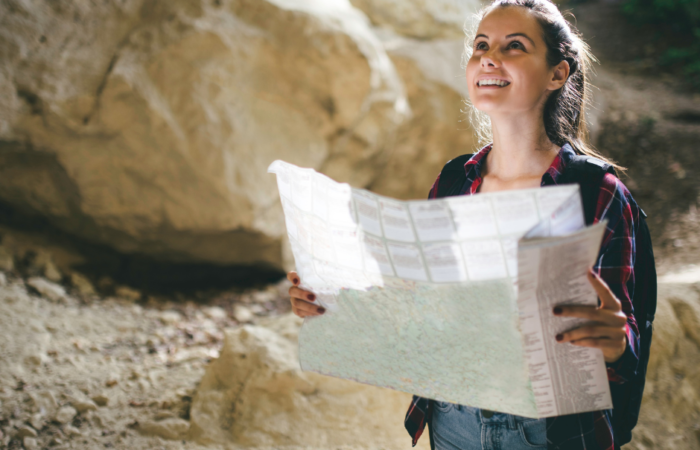
Mapping RCC = making our maps, making our future
Who uses maps and for what purpose? Yes, they tell you where you are or where you are going?
You have to be able to read a map though.
Maybe a route map is straightforward. It’s to get you there fastest, most direct.
An Ordnance Survey map is more complex and needs experience translating the symbols and contours. The most direct way isn’t always possible, the ups and downs need taking into account.
Behind a map there is a person and a purpose.
For example, Ordnance Survey maps originally had a military purpose, which was to map Scotland in the wake of the Jacobite rising of 1745.
Social care has had numerous ‘maps’ created.
The DfE Children’s homes data pack has numerous maps.
Children Homes data pack 2014 (publishing.service.gov.uk)
The graphs presented are there to navigate the reader through the territory of children’s care statistics. Like all maps they make public that which the creator wants to know.
And what they want others to know.
There are ‘maps’ in Ofsted annual reports, government and parliamentary reports, in lobby organisations’ publications, research.
For all maps and mapping the question is Why this: Why now?
Maps do not include all information, they are selective. Yes, simplifying is to enable understanding, but also to determine and direct understanding. What is there, and not there. Why this piece of information and not that piece? Who decided? Why?
Maps are a way of knowing what is there, they are staking a claim on that geographical territory. But they are also staking a claim on others understanding.
A map takes a predetermined focus. They take our perception where they want it to be and present selected material in the way they want us to see it.
Maps are not value free. They are a declaration of what is valued, and, by omission, what is not. What is in and out affects how we can see things. They shape our social and personal identity.
It is important to be able to read the message behind the map. Maps are not passive. They are selections made by those with the means to create a map.
In an age of it being widely available all information is still not accessible, some is precluded from public access, some is held in ways that makes it all but inaccessible in various forms in various places requiring multiple requests for access that may be inhibited. It is interesting to note the different ways Freedom of Information requests are dealt with, and the multiplicity of titles the roles of the information officer are given.
Maps are of the information we have been given. They are not the whole picture. Not even a shorthand. A selection.
Maps and Sufficiency and Specificity
Sufficiency mapping (likely to be a basis for regional care co-operatives?), is of numbers and across a selection of groupings. Sufficiency is about numbers, heads on beds.
Specificity would be far more granular and useful for planning. Effective and efficient care comes through assessed need being met by the care indicated for this need. It makes economic and child care sense. We cannot do it because we do not have this granularity available to us. It could be in social work assessment and be required in any placement contracting. In an outcomes focussed world how is that the mapping is not so specific?
It is interesting then to consider the reasons why we do not map children’s needs in this way. Rather than needs orientate the map for the child, we let the map orientate the way the needs will be met.
It’s a choice socially, economically, culturally and politically. Whose interests determine the social care maps?
Maps shape who we think we are, shape our identity, where we are, where we are going.
We are not making maps; we are not able to shape and support the care needed.
We are taking maps; we take what is being provided.
We cannot ‘see how things will map out’, that is to be excluded. We need to make our maps, make our future.


